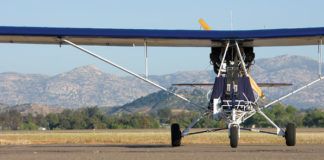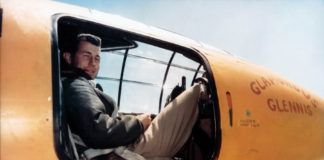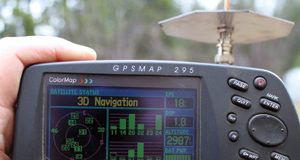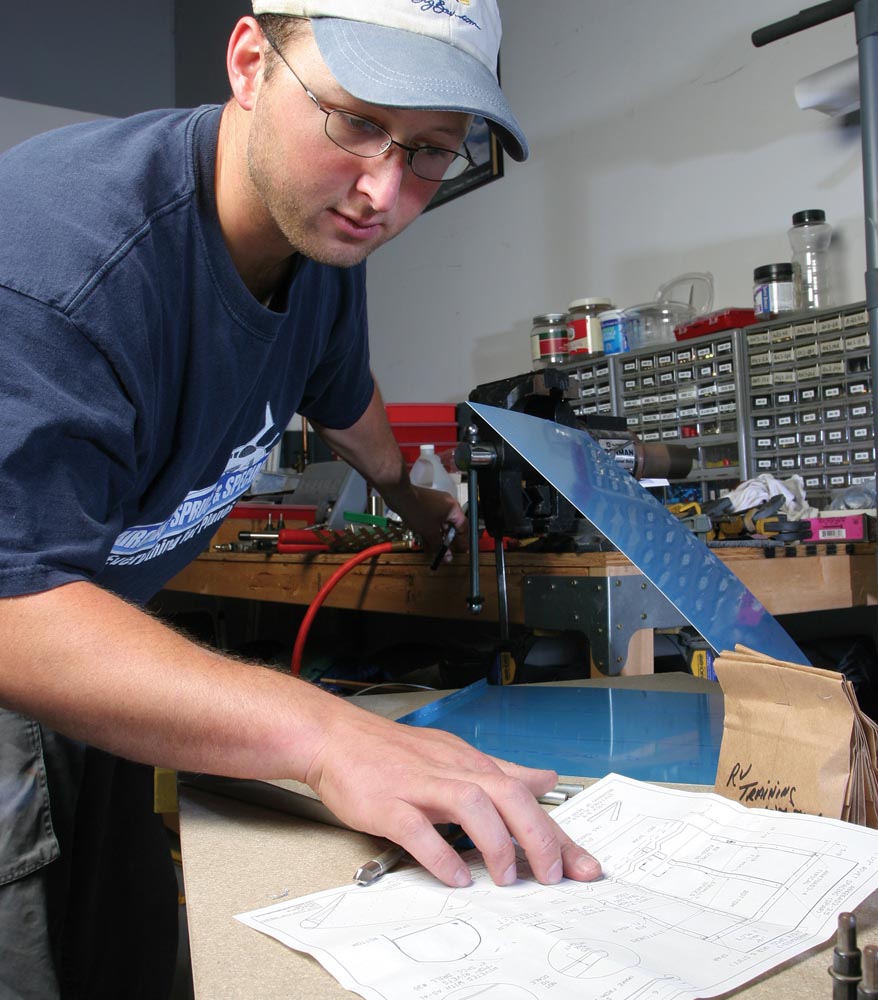
There is no sensation in flying that can compare to how it feels when you take to the air in an airplane you built with your own hands. Your persistence, your open mind and a vast community of people who have gone boldly before you—these things enabled you to learn as you proceeded, pick up the required skills on the fly, and solve the various problems thrown your way. Building a plane is something anybody can do, but you come out on the other end of the process a changed person with an indescribable sense of pride and accomplishment.
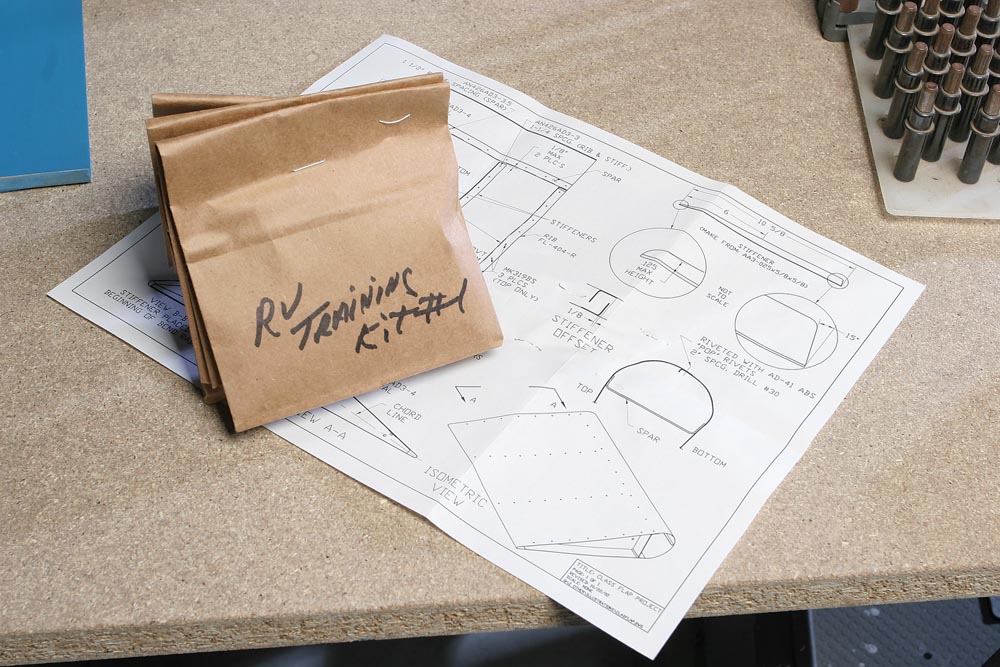
I built a Van’s RV-7. I am not a certified metal expert—that much I’ll admit—but I have been through the process from start to finish and have learned more than I ever believed was possible. Moreover, I’ve built an airplane that is safe, airworthy and constructed to what I think are the current high standards of the art. I did not intend to win awards; I simply wanted to please my own sense of done right. This is the approach, I think, that most modern builders will want to follow.
Where We’re Going
In this series, I hope to pass along the education I received at the blunt end of a rivet gun and, equally important, from my friends and colleagues who have built metal airplanes as well. (Never underestimate the value of help from friends and those who have gone before.)
While I have helped lots of people on airplane projects, I myself have only built one plane. And it wasn’t even a scratch-built or plansbuilt plane—I built it from a highly evolved kit. I say “evolved” because the guesswork has largely been eliminated from the process. Essential parts are, for the most part, pre-cut, pre-formed, and in many cases match-drilled. It’s amazing how easy building a metal plane from a kit has become!
What exactly comes in the kit? It varies from manufacturer to manufacturer, but what you can expect to find in the big boxes will be a multitude of aluminum pieces, which by themselves don’t look like much—sheets, lengths of angle, various pre-formed spars, ribs, bulkheads, and of course lots and lots of rivets! Get to know these pieces. They will be your constant companions.
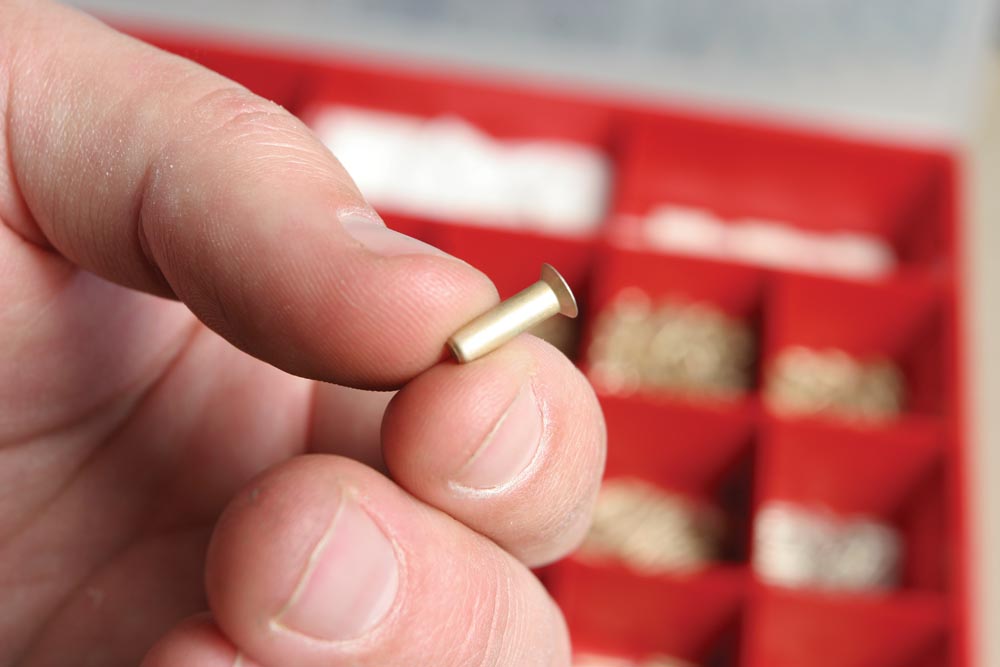
Rivets In Detail
Rivets, rivets and more rivets. Your kit will most likely come with a bunch of bags full of rivets of different styles and sizes. If you’ve ever looked closely at a metal airplane you’ve no doubt seen rivets. The basic concept behind the rivet is that it’s a small, lightweight way to fasten one thing to another. You know those yellow envelopes with those split metal things you use to keep the envelope flap shut? That metal thing is essentially a rivet—it pokes through a hole and then gets bent to hold the flap closed.
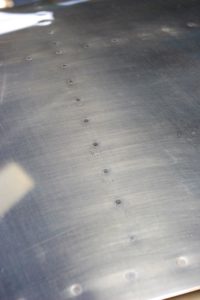
I suppose a rivet is also largely analogous to a staple holding sheets of paper together. You’ve got a piece of metal that pokes through a hole in the paper and then gets bent on the back side to prevent it from coming back out, and to bind the sheets of paper together. When you get right down to it, a rivet is a lot like a staple in principle. It doesn’t really get “bent” the same way, but the concept is basically the same.
Let’s stick with the staple analogy for a second. Here’s an experiment you can try while sitting at your desk pretending to do work. Take a couple of sheets of paper and staple them together using a single staple. It doesn’t take much force to tear the sheets apart. Now try this: Staple the paper together with 15 or 20 staples evenly spaced all along the edge. It takes much more force to pull those sheets of paper apart, doesn’t it?
This is almost exactly the concept that you’ll use when building a metal airplane. No single fastener can do the entire job alone, but lots of tiny fasteners act in unison to produce a strong bond. Rivets are generally tiny, but when you use thousands of them, you can achieve significant measurable strength.
We’ll explore rivets and the process of riveting in painful detail in a
future segment. If it’s any consolation in the meantime, know this: Until I started building my plane I had never even seen a so-called solid rivet outside of the finished product. (I owned a Mooney; don’t hold it against me.)
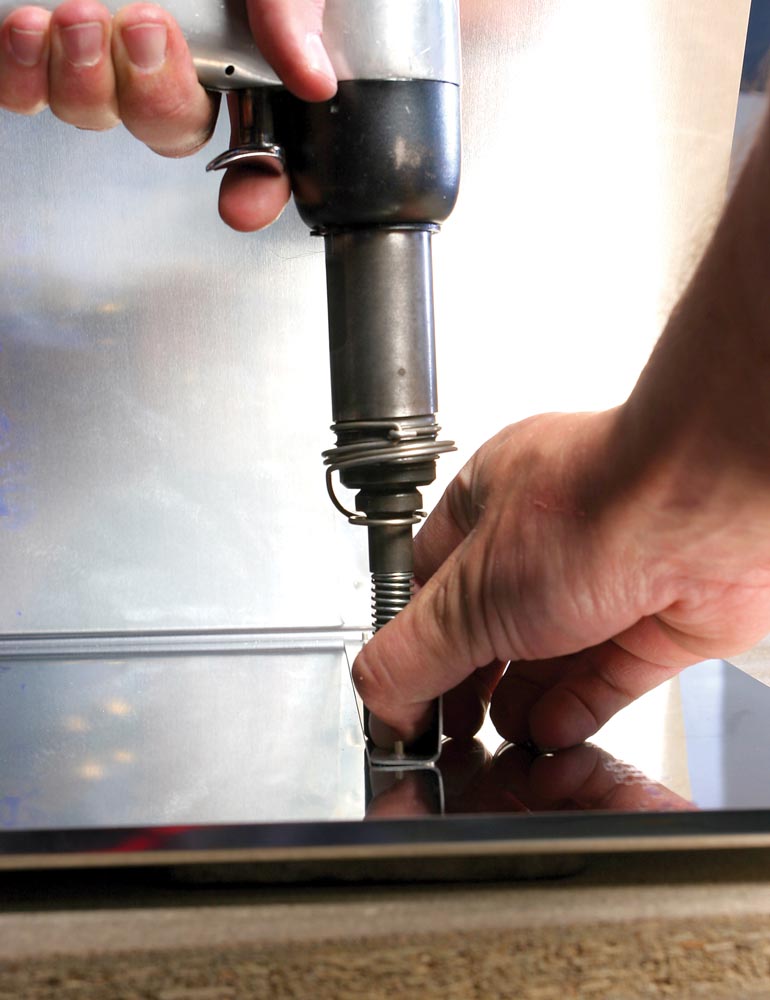
Aluminum Demystified
As you probably know, metal kit aircraft comprise aluminum predominantly. In contrast to other common metals such as steel, aluminum is very lightweight—and, somewhat more importantly, it has high strength for its weight. Technically, we don’t use pure aluminum, which would be too soft for use in aircraft structure. Instead we use aluminum alloys, which combine one or more additional materials with pure aluminum to add strength and rigidity without adding considerable weight.
Almost all of the components that you’ll find in metal airframe kits will be one of two common aluminum alloys—2024 or 6061. The skins, ribs, bulkheads and stringers will likely be made of 2024-T3. Extruded pieces such as longerons and various other angles (stiffeners and the like) will be made of 6061-T6. Gibberish to you? It was to me, too, when I started. It’s actually pretty straightforward, and in reality you don’t need to go out of your way to memorize the numbering system. But while we’re on the topic, I’ll explain what the numbers mean.
Aluminum alloy numbers like 2024 and 6061 are really three numeric designators. The first digit designates the alloy group by the main alloying element:
- 1XXX Pure Aluminum
- 2XXX Copper
- 3XXX Manganese
- 4XXX Silicon
- 5XXX Magnesium
- 6XXX Magnesium & Silicon
- 7XXX Zinc
- 8XXX Other Elements
The second digit designates an alloy modification. Zero means no modification, and 1 through 9 signify manufacturer-defined modifications. The last two digits designate the particular alloy within the group.
Keep Your Temper
Alloy numbers may also include a temper designation, such as the T3 in 2024-T3, or T6 in 6061-T6. The temper refers to a process of thermal treatment, hardening, softening or any type of process that influences the character of the material significantly. I won’t go into full detail on temper designations, but I will explain those two most common ones. T3 means the material was solution heat-treated, cold worked and naturally aged. T6 means the material was solution heat-treated and artificially aged.
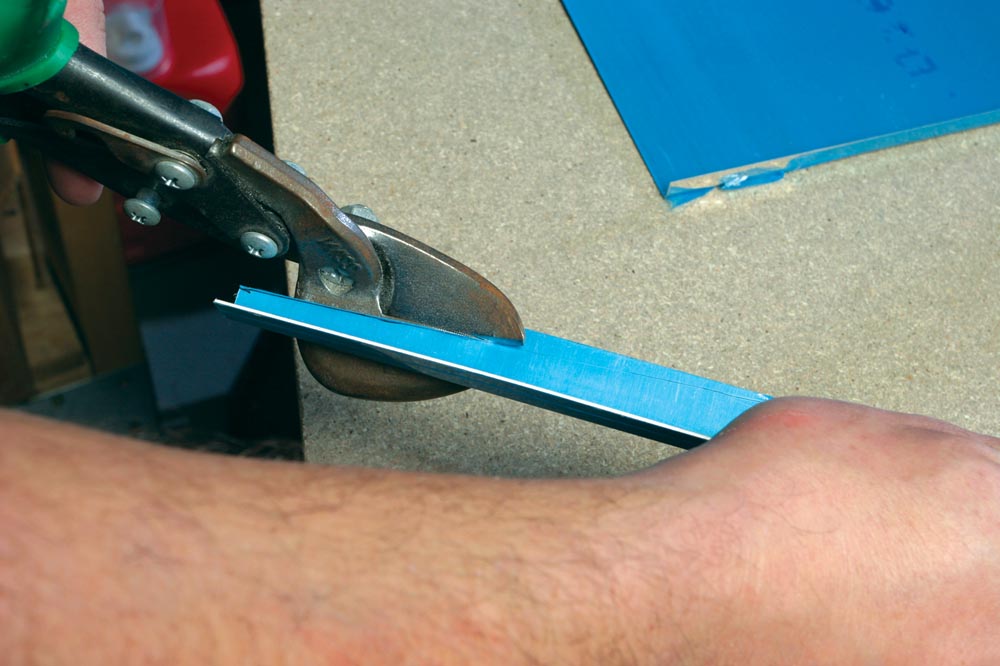
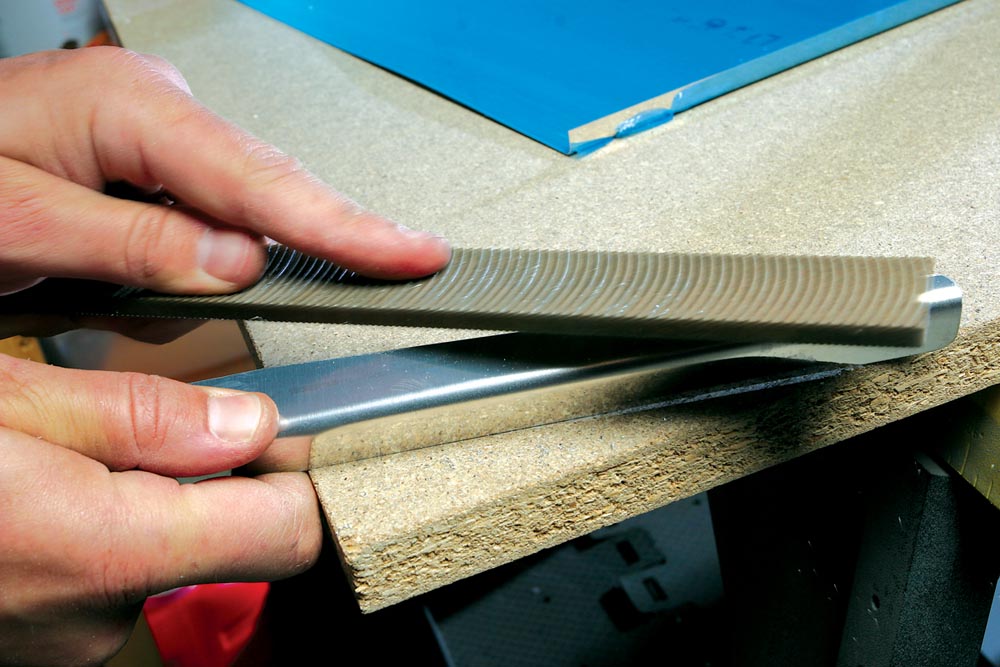
Is it critical to know the exact science behind all of this? Not really. If you want to get into the nitty gritty of it, you might want to pick up a copy of a book by Nick Bonacci called “Aircraft Sheet Metal,” which goes into much more detail. At least now you know that the 2024-T3 skins you get in your kit are made of aluminum alloyed with copper, treated in some fashion to achieve stiffness and strength. You can usually identify 2024-T3 by its shiny, almost mirror-like finish.
Most of the 2024-T3 components you’ll be working with also have a coating on the surface called Alclad. This is a thin layer of pure aluminum, which is highly resistant to corrosion due to the oxides that form on it. I hesitate to mention corrosion just yet, because corrosion protection is, in and of itself, a topic that deserves more attention than we can give it here. But we’ll cover that in a later installment.
6061-T6, which you now know is an aluminum alloy with magnesium and silicon, typically has a dull finish—most often used on extruded parts like angles, bars and tubing. Incidentally, most of the rivets you will be working with begin life as 2117-T4, and after you’re done riveting they end up being 2117-T3. We’ll cover exactly why that is in more detail in future installments.
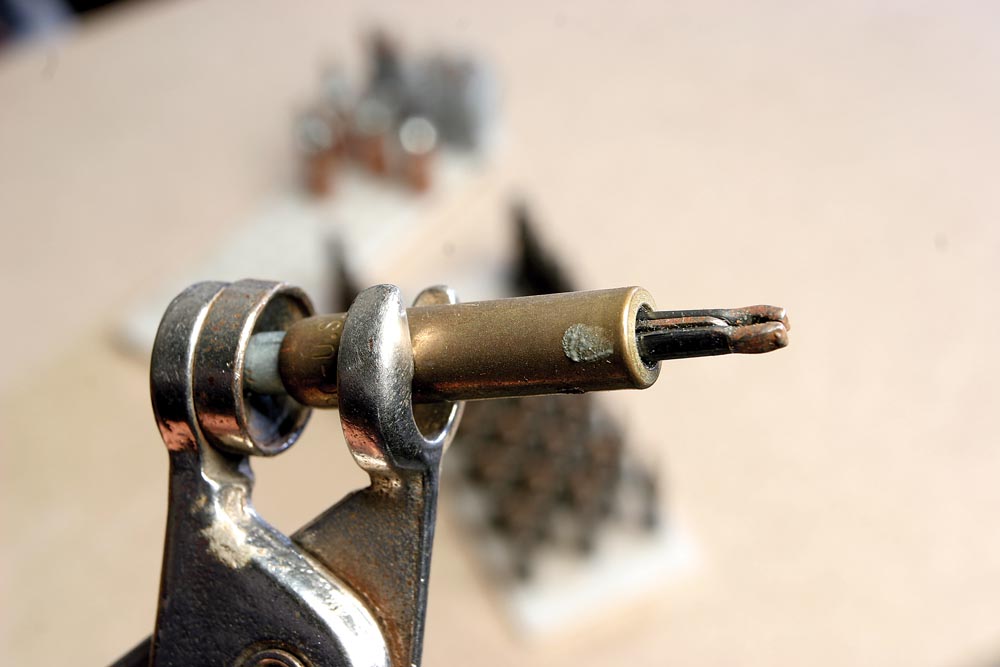
Look, You Get To Buy Tools
Let’s shift gears and talk a bit about tools. Assuming you’ve never worked with aircraft sheet metal tools before, there’s a fair amount to learn. Most of the tools you’ll need are not the run-of-the-mill stuff you might have around for home improvement or tinkering with your car. But never fear—there’s a multitude of tool vendors out there that have made life incredibly easy for first-timers. Most of these vendors sell tool kit packages that include just about everything you will need to build your airframe, plus or minus a few doodads.
These tool packages go a long way to help launch you right into your project without having to waste much time piecing together your tool collection. Especially if you don’t have much perspective on aircraft tools, buying one of these tool kits up front can save you a ton of time. Also keep in mind the price of shipping—if you try to save money buying your tools piece by piece, you might end up spending more in the long run. There is a significant measure of convenience and savings built into the pre-packaged tool kits.
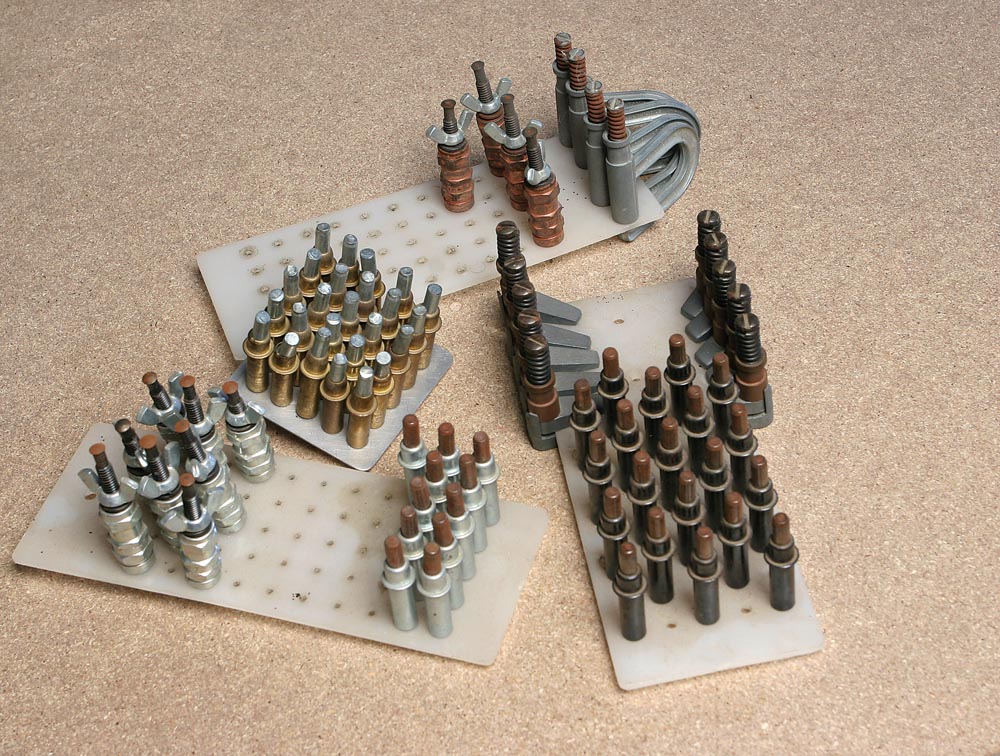
I bought my initial tool kit from Avery Tools (www.averytools.com). The company sells kits specifically catered to different aircraft models, such as the RV series, Sonex, GlaStar and Mustang II. Among the other vendors that sell packaged tool kits are Aircraft Tool Supply (www.ats.com), Cleaveland Aircraft Tool (www.cleaveland tool.com), Brown Aviation Tool Supply (www.browntool.com) and Aircraft Spruce (www.aircraftspruce.com).
Most builders, myself included, end up having more than a little “sticker shock” when they discover just how much it costs to purchase tools for their project. A quality aircraft tool kit that includes everything you’ll need to get started can cost upwards of $2000. To the uninitiated, it might seem bizarre that you’re spending more money on tools than you’ll spend on your empennage kit! Three hundred bucks just for a drill? You can’t be serious!
But tools are a lifetime investment and it’s not an area where you want to skimp. In most cases, you do get what you pay for and sacrificing quality when it comes to buying tools may translate into trouble during construction. Better tools really do make your life easier, and you can always sell tools once the plane is flying—assuming you can bring yourself to part with them. (I know I can’t!) Who knows… maybe the first plane you build won’t be your last.
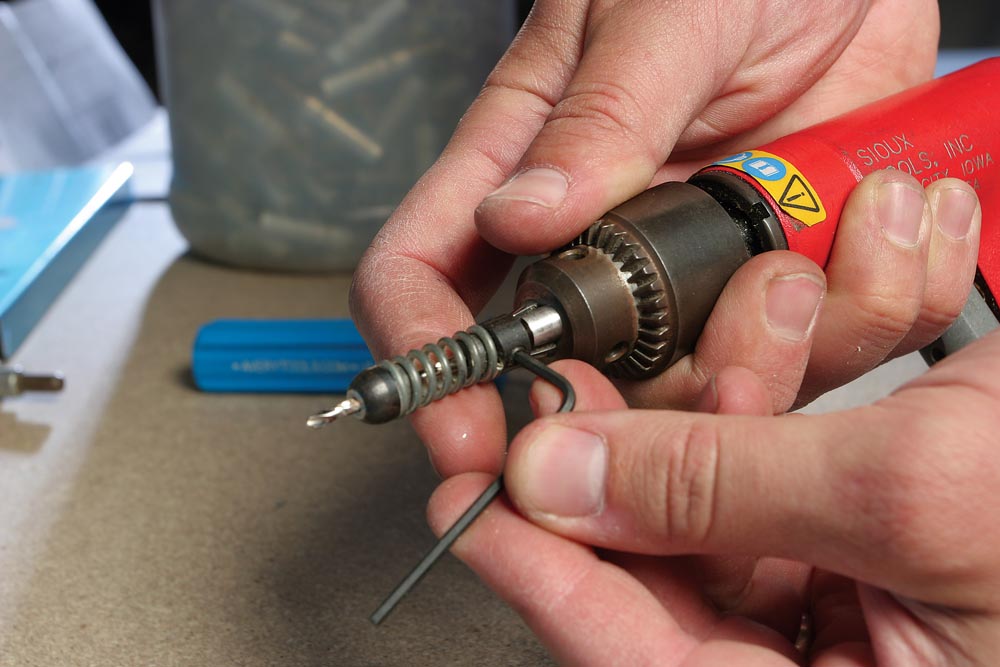
As you’ll quickly discover, some of the most common tools you will use when building a metal plane will be “Clecos” and a pair of Cleco pliers. Clecos are temporary clamps used to hold pieces together for assembly while drilling and again while riveting. Unlike other types of clamps, which hold things together along edges, Clecos are instead inserted through holes. You will end up using hundreds of Clecos simultaneously on some of the larger structures.
You’ll need a drill, preferably a pneumatic drill capable of turning at high speeds. And if you think you’re going to use your household drill bits on your plane, forget it. When it comes to drilling on aircraft, this is one area where precision is critical. There are very specific sizes of drill bits you’ll need to use for different sizes and types of fasteners.
What else? You’ll need tools for deburring, dimpling and countersinking the multitude of holes you’ll be drilling. You’ll be using squeezers with different yokes and dimple dies and rivet sets. You’ll want a rivet gun with various sets, and you’ll end up using several different bucking bars. Again, pre-packaged aircraft tool kits typically include most if not all of the stuff mentioned above, as well as lots of other specialty tools.
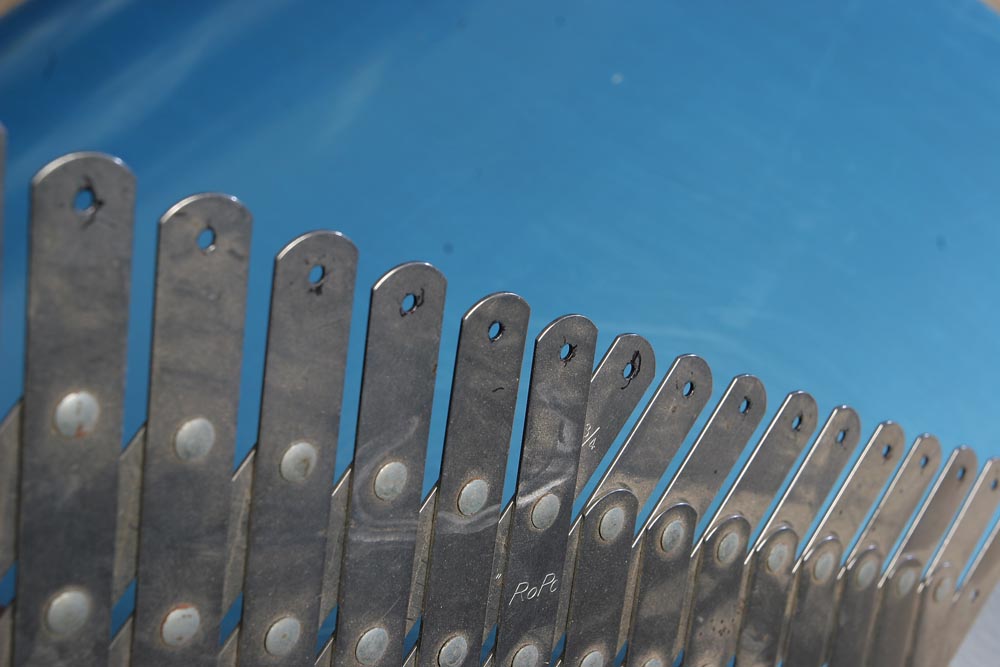
Ready to Build
Let’s wrap this up for now, before we charge ahead and start squashing rivets. In the segments to come we’ll cover all of the basics of building your metal kit airplane. If you have any qualms now about being able to build your own plane, we’ll fix that in no time.
Next time, we’ll start with edge prep, flanging and fluting. That should get you ready to prepare ribs and skins for initial assembly and drilling. Later, we’ll cover hole layout, drilling techniques, deburring, dimpling/countersinking techniques, corrosion protection, rivets, and—of course—lots of riveting techniques. You can do this!










